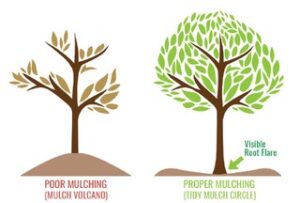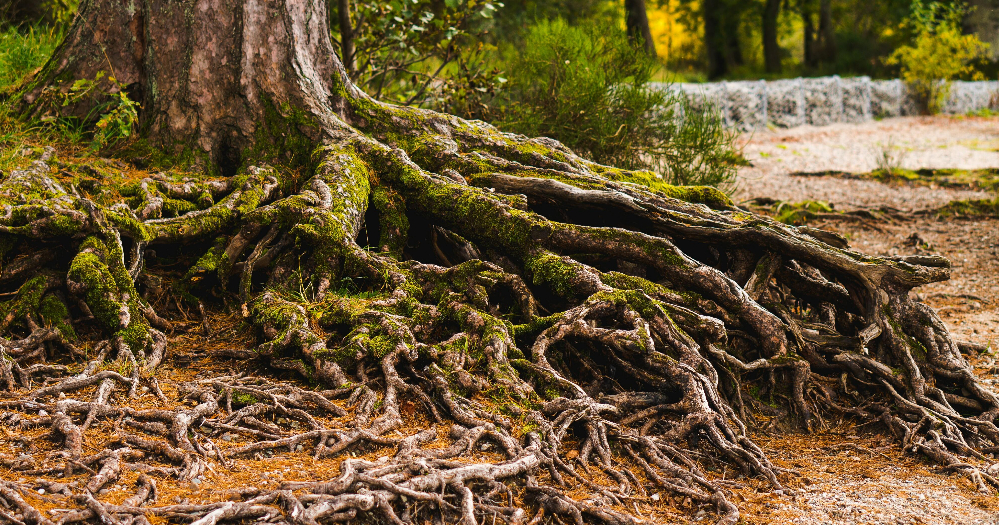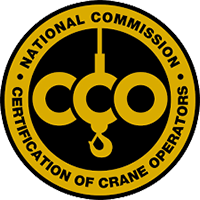Most of the time, when looking at a tree, we look up at the leaves, the fruit, the branches, the canopy. Whether we’re admiring the tree’s beauty, or noticing its defects, we tend to focus on the upper parts of the tree. You may be surprised to learn that many tree problems are actually originating from under the ground. We’re going to outline some common tree root problems, as well as some straightforward solutions to these problems.
Tree Root Problems
Volcano Mulching – Volcano mulching is the practice of piling mulch up in the shape of a volcano around the tree’s trunk. Volcano mulching essentially suffocates the root system, causing issues like girdling roots, root rot, pest infestation and premature death of the tree.
 Solutions – Correct mulching techniques are a very important part of good tree care. Mulch helps keep soils moist, adds important nutrients and organics to the soil, and eliminates competition from grass. If your trees have been suffocating, and have developed root problems as a result, consult with an Atlas Consulting Arborist for advanced techniques like root excavation with an air spade.
Solutions – Correct mulching techniques are a very important part of good tree care. Mulch helps keep soils moist, adds important nutrients and organics to the soil, and eliminates competition from grass. If your trees have been suffocating, and have developed root problems as a result, consult with an Atlas Consulting Arborist for advanced techniques like root excavation with an air spade.
-
-
-
- Keep mulch at a depth of 2-3 inches.
- Do not touch the trunk with mulch.
- Mulch out to the drip line of the tree.
-
-
Soil compaction is a common problem in urban and suburban landscapes occurring as a result of both equipment traffic during construction, lawn mowers too close to the tree’s trunk and pedestrian traffic during periods when soils are moist and most susceptible to damage. Compacted soils under the tree canopy cause a lack of air and water flow, resulting in tree root problems and leading to a sharp decline in health. Here are some warning signs that the soil under your tree is compacted:
-
-
- Poor growth and reduced number and size of leaves
- Branch dieback
- Susceptibility to pest problems and environmental stress
- Failure of tree to respond to proper care
- Soil so hard a shovel or screwdriver can’t pierce it
-
Solutions – Protect trees during construction projects. Erect temporary tree protection fencing at the drip line of the tree to prevent heavy construction equipment from driving over the roots. Don’t make a habit of parking under trees. Mulch with organic matter out to the tree’s drip line to prevent mowers from compacting soil. If you suspect that your soil is already compacted, contact an Atlas Consulting Arborist. Soil aeration, root invigoration techniques, and vertical mulching are all advanced solutions to soil compaction problems.
Root Damage to Foundations, Sidewalks, Driveways is a very common tree root problem. Planting trees too close to home foundations, or planting large trees in locations where growth will become an issue in the future contributes to damage to hardscapes. Tree roots can lift sidewalks and driveways creating a trip hazard.
Solutions – Choosing the right tree in the right place is super important and can save time and money in the future. Check out this handy tool as you consider the best trees to fit your landscape. Also, consulting the experts at Atlas Tree Service for assistance in design phase tree selection is key to choosing the best materials for your personal home, commercial property, or neighborhood association. If your driveway has lifted, or your foundation is cracked, a consulting arborist can advise you on the best way to safely resolve the problem, as well as preventing further damage. Cutting roots may destabilize the tree, or even cause the tree to die. For this reason, we always recommend consulting with an expert.





